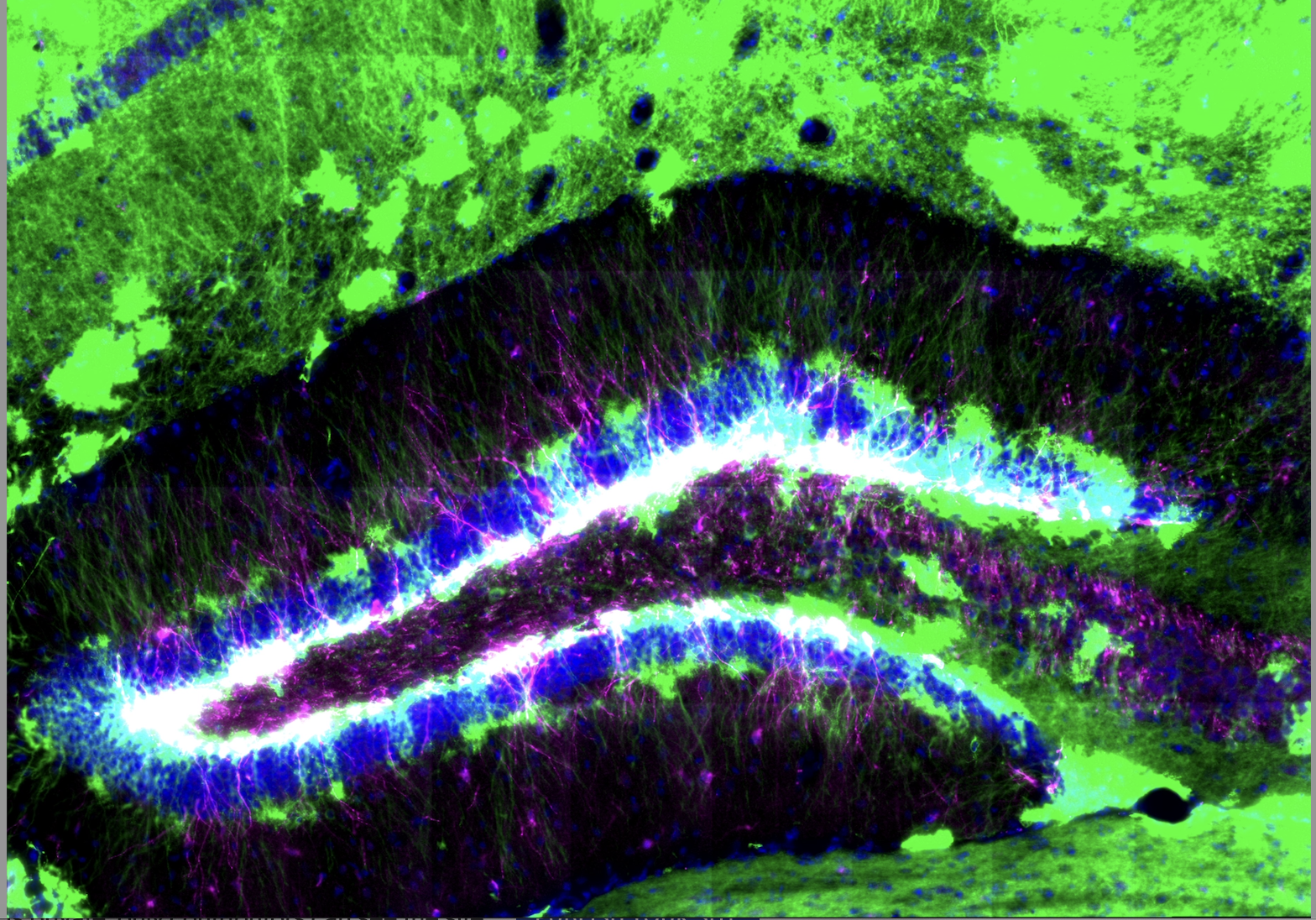
From single unit recordings to MRI imaging and genetics in large population cohorts
My early training in physics and astrophysics and psychobiology has been the groundwork for the rest of my career. I received a Master’s in Cognitive Neuroscience with in-depth training (through coursework and two research internships) in MRI and DTI imaging with topics involving psychopathology and basic memory mechanisms resulting in two publications. I then chose to work with Dr. Andre Fenton at NYU for my PhD research to continue to pursue my interest in hippocampal mechanisms of aversive memory by studying mechanisms at the single neuron level in rodents. Inspired by a paper by Christoph Anacker and René Hen hypothesizing a role for the mechanisms I had been studying in mood and anxiety disorders, I decided to take my knowledge of the hippocampus and cognitive flexibility and translate it to clinical samples and large populations. I sought a postdoctoral fellowship with Myrna Weissman and Ardesheer Talati and was trained in clinical epidemiology, analysis of large cohorts, and recently, through my K99-Award, in Imaging Genetics. My training spanning from basic rodent neuroscience, to imaging genetics to translational epidemiology has given me a unique skillset to analyze the big data cohorts with MRI, DNA and environmental data that have recently become available to understand mechanisms of intergenerational depression. My approach is to ground hypotheses in causal-mechanistic animal models and translate these to deeply phenotyped clinical studies that have the clinical precision for translation and to large diverse population studies to ensure generalizability and robust science.